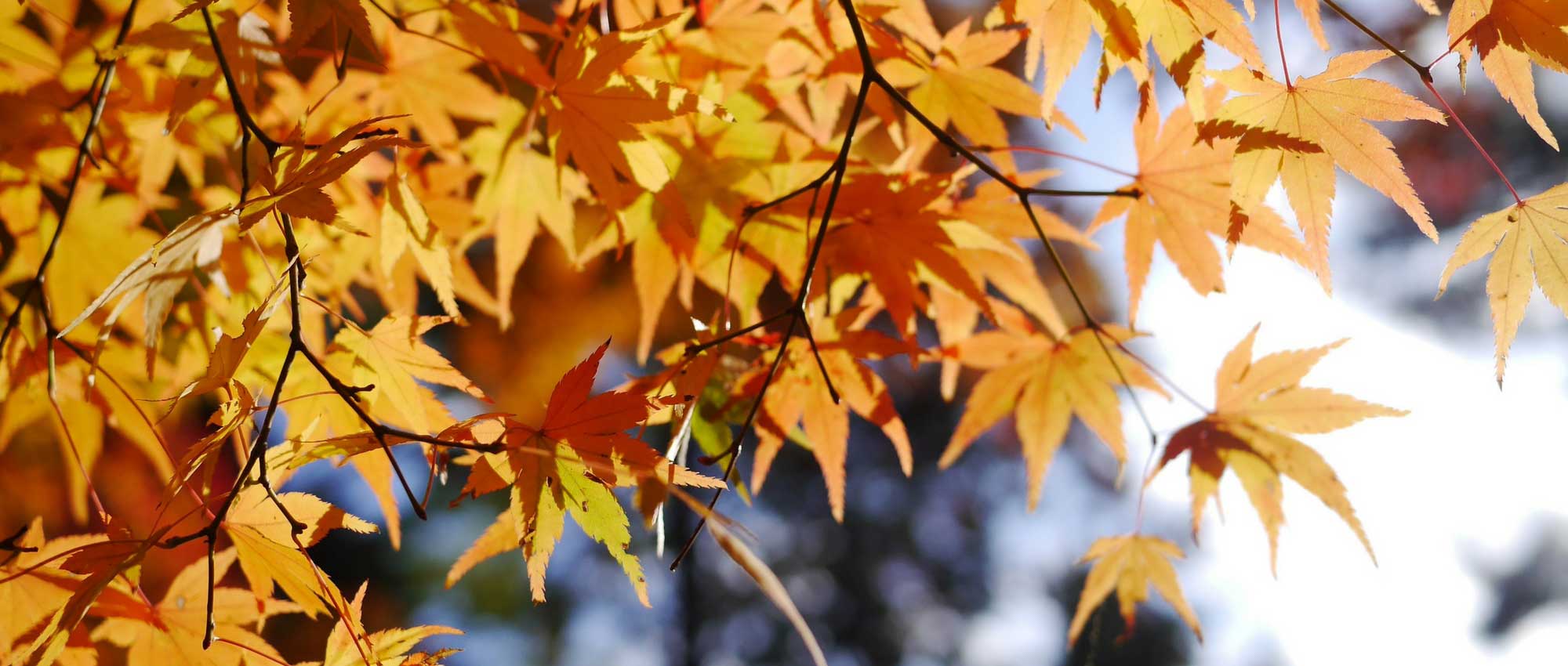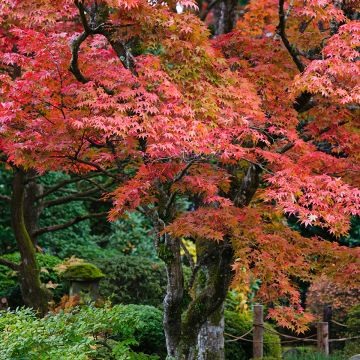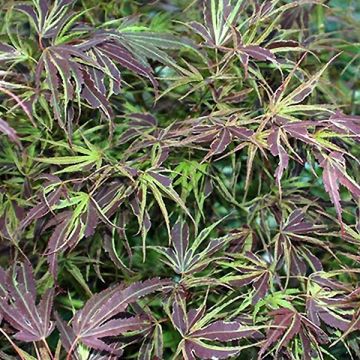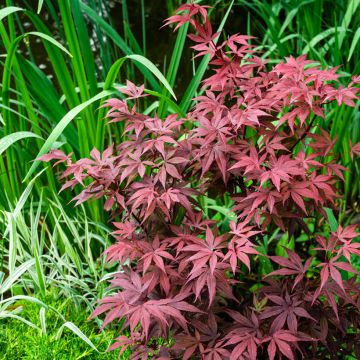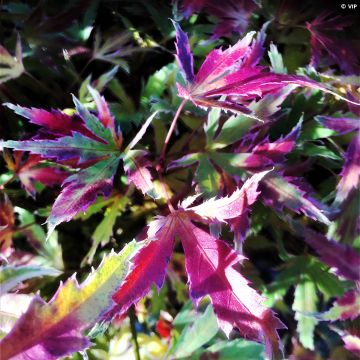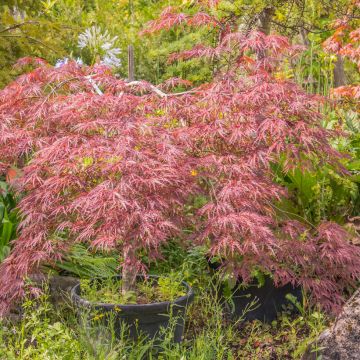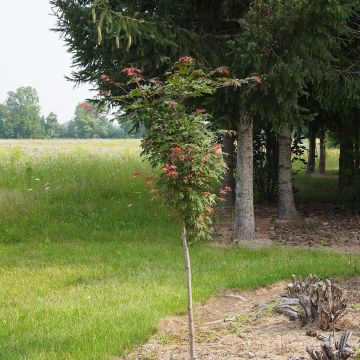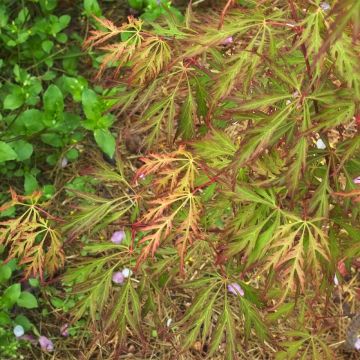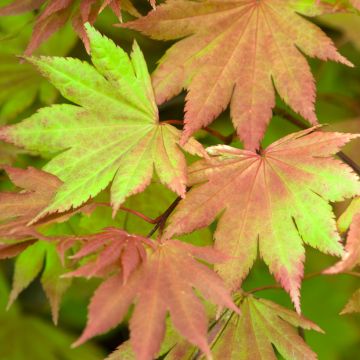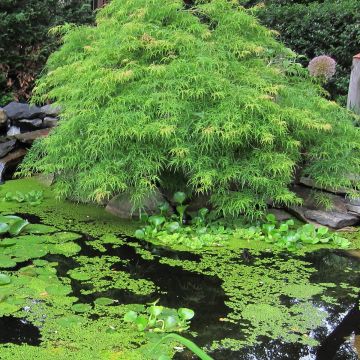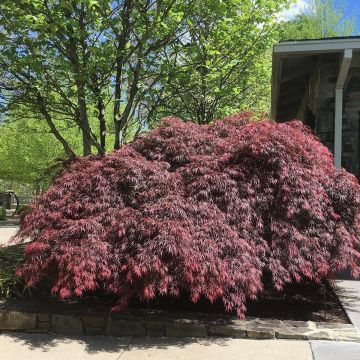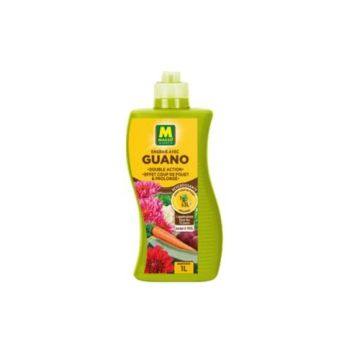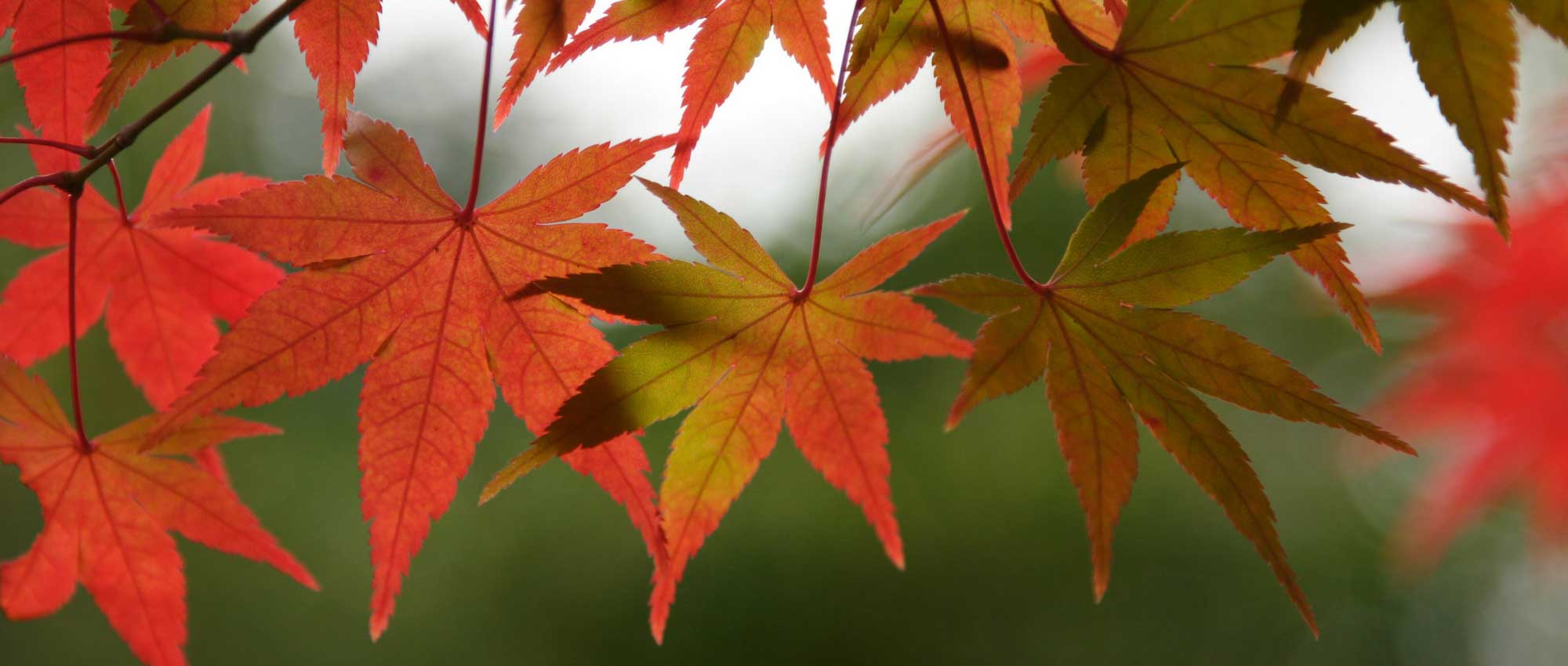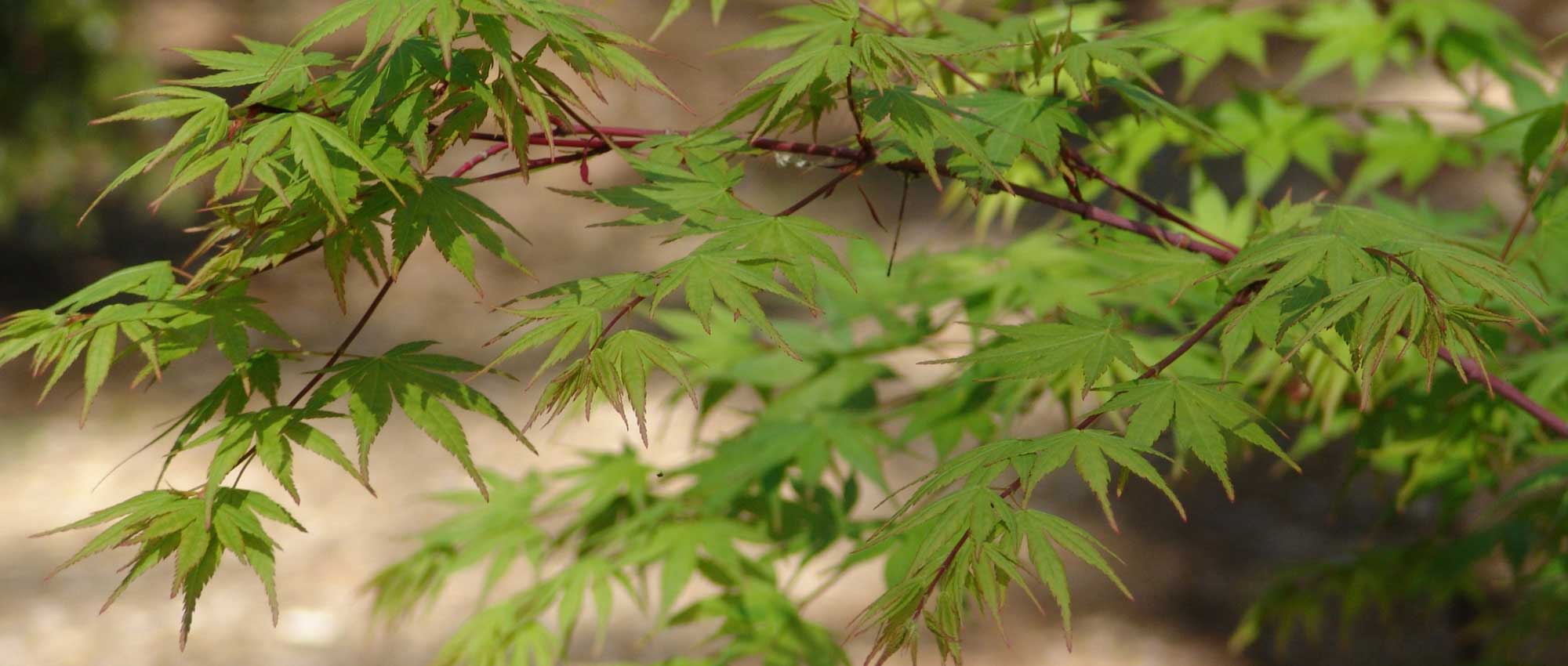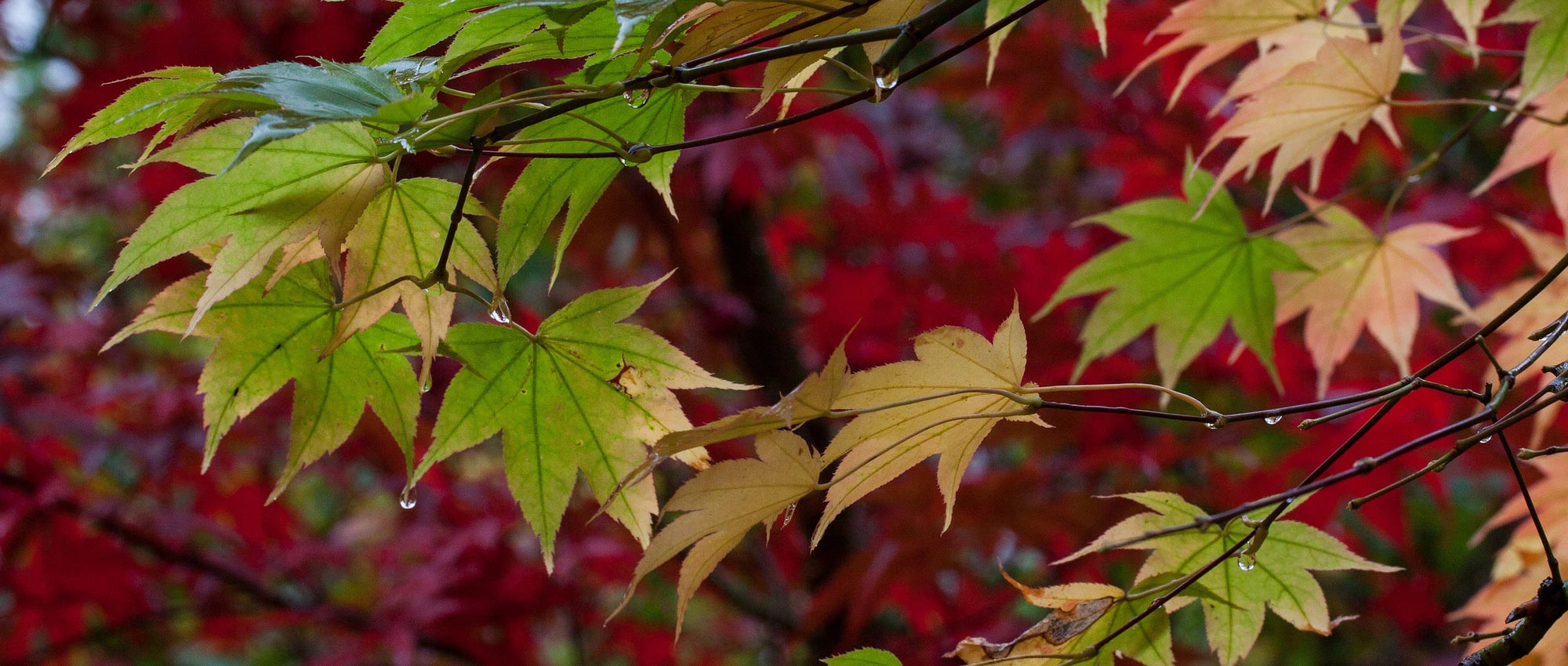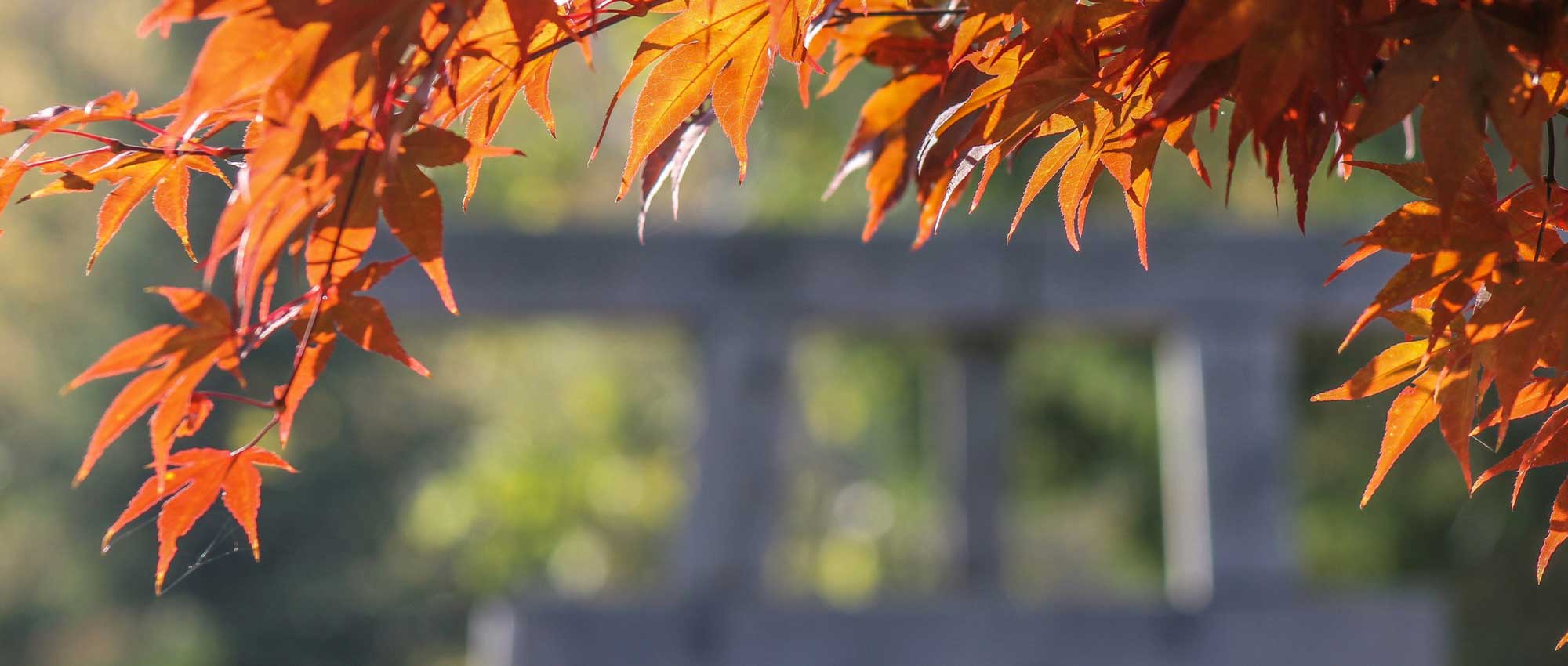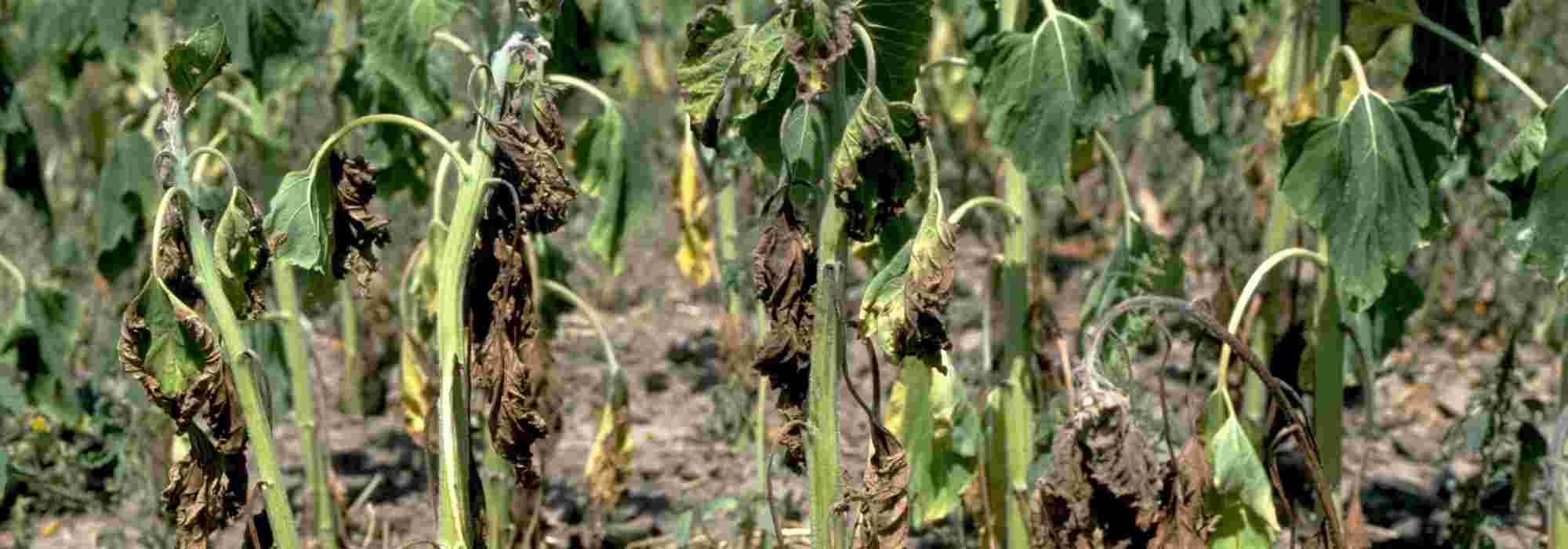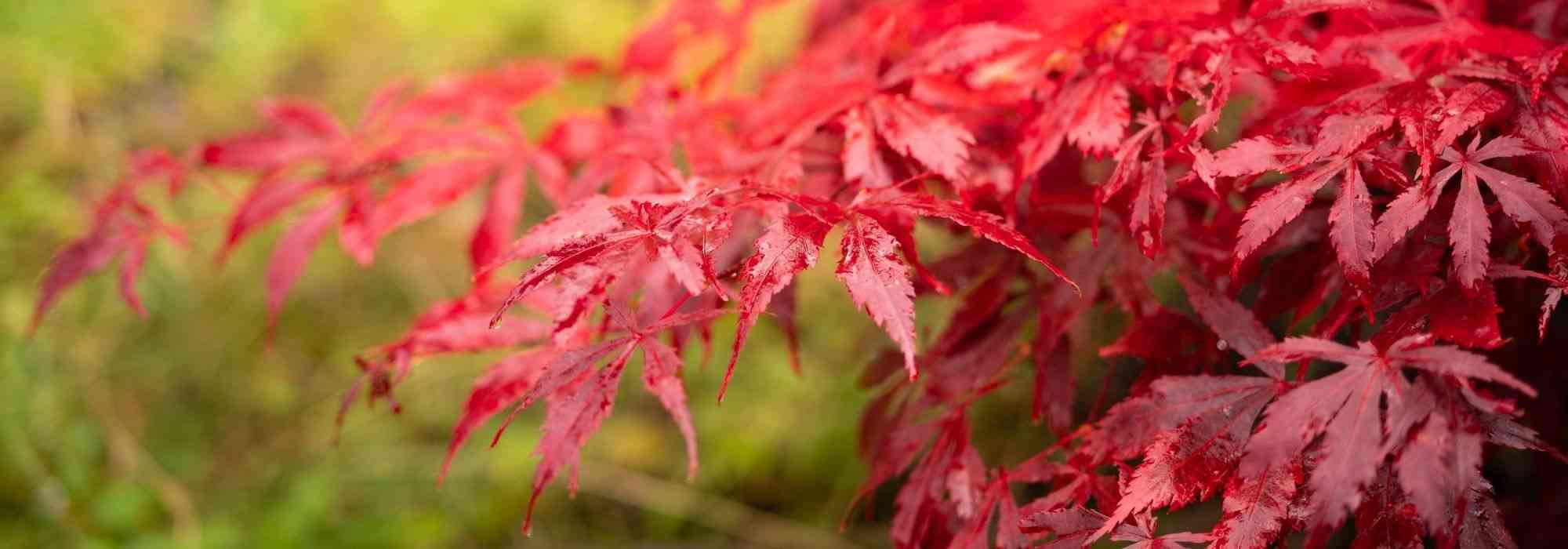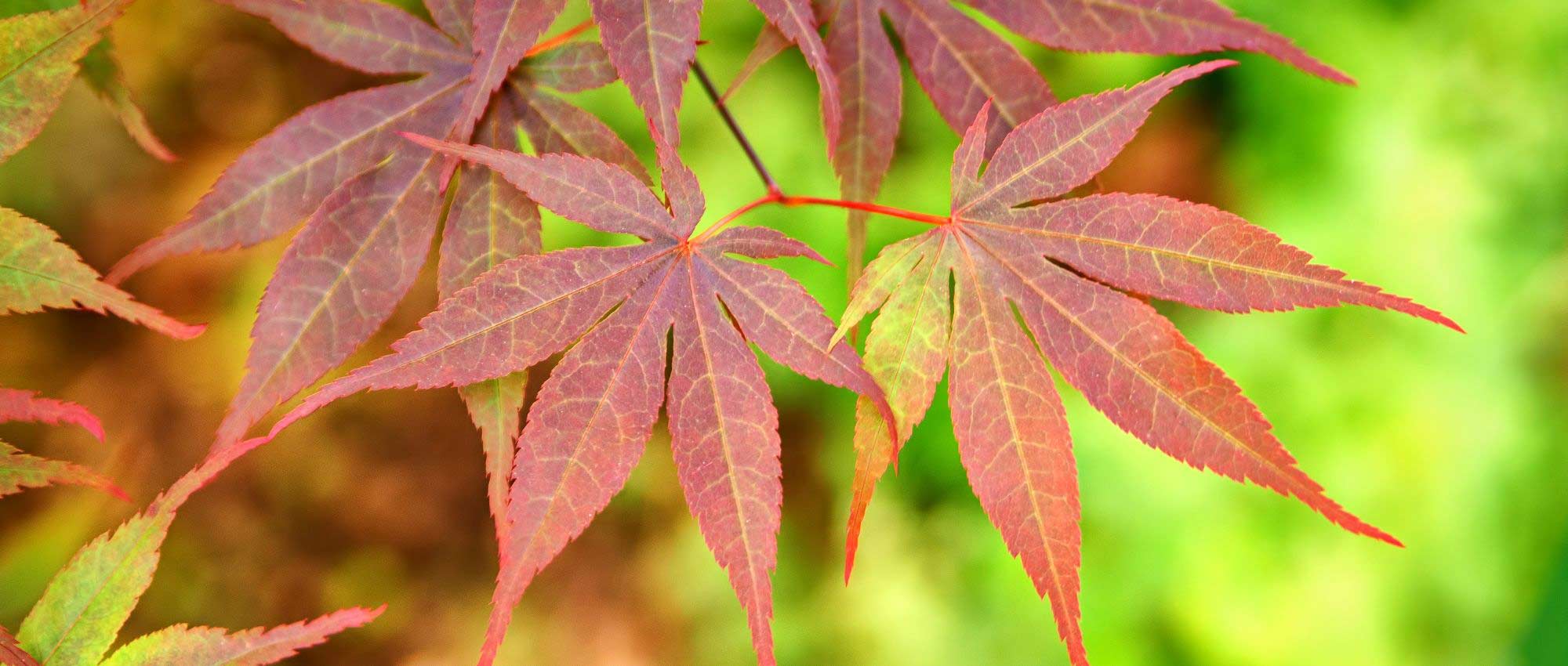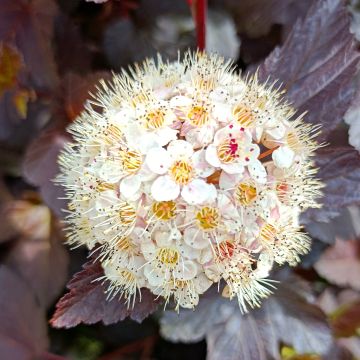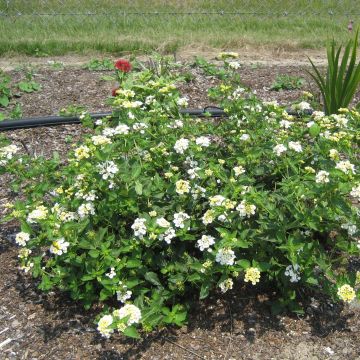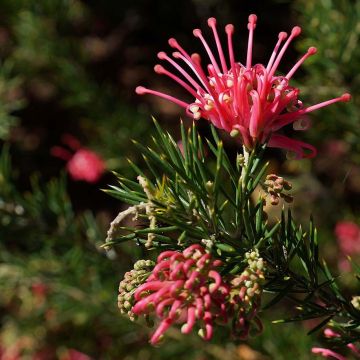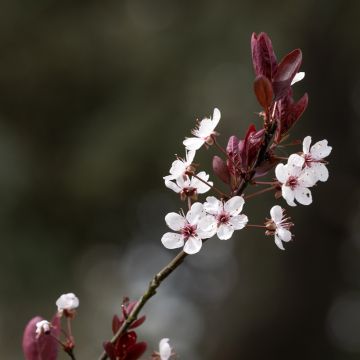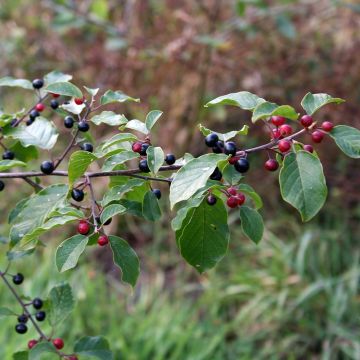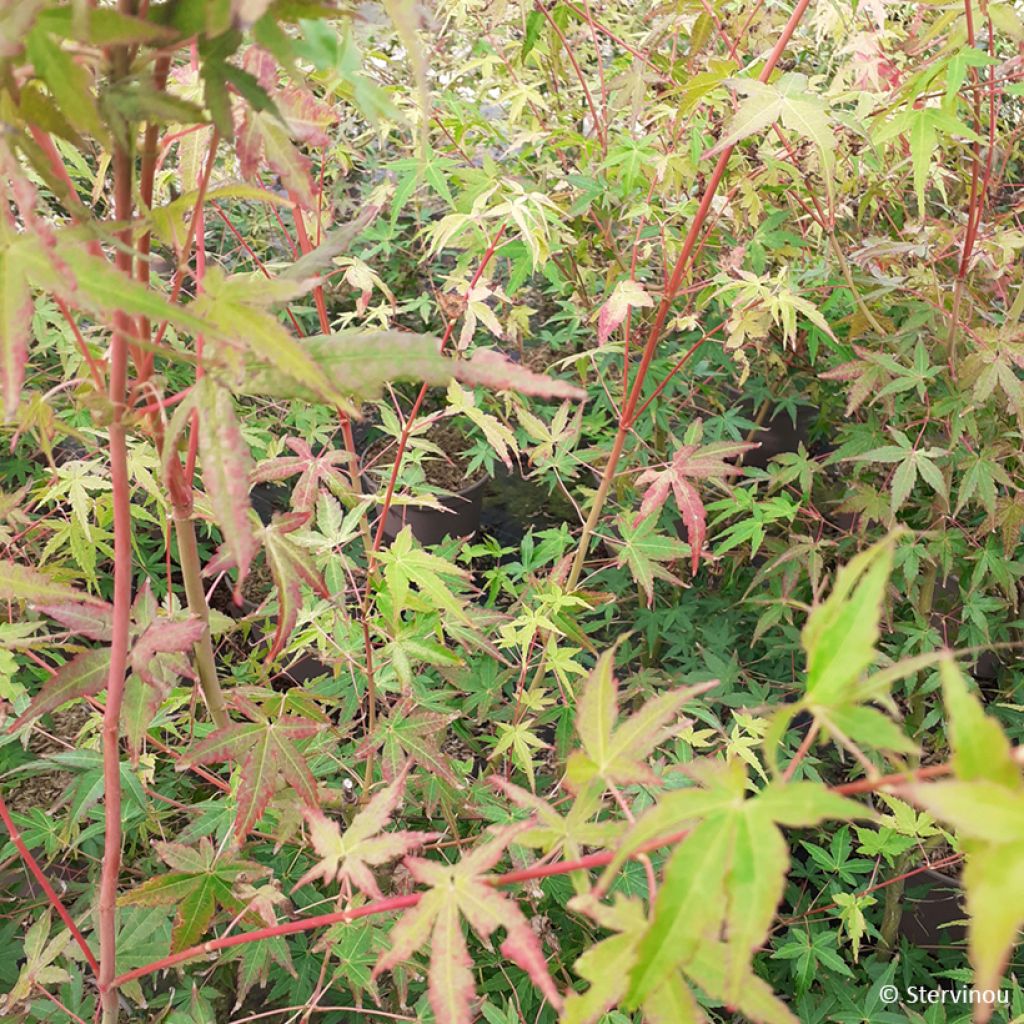

Acer palmatum Ueno Yama - Japanese maple
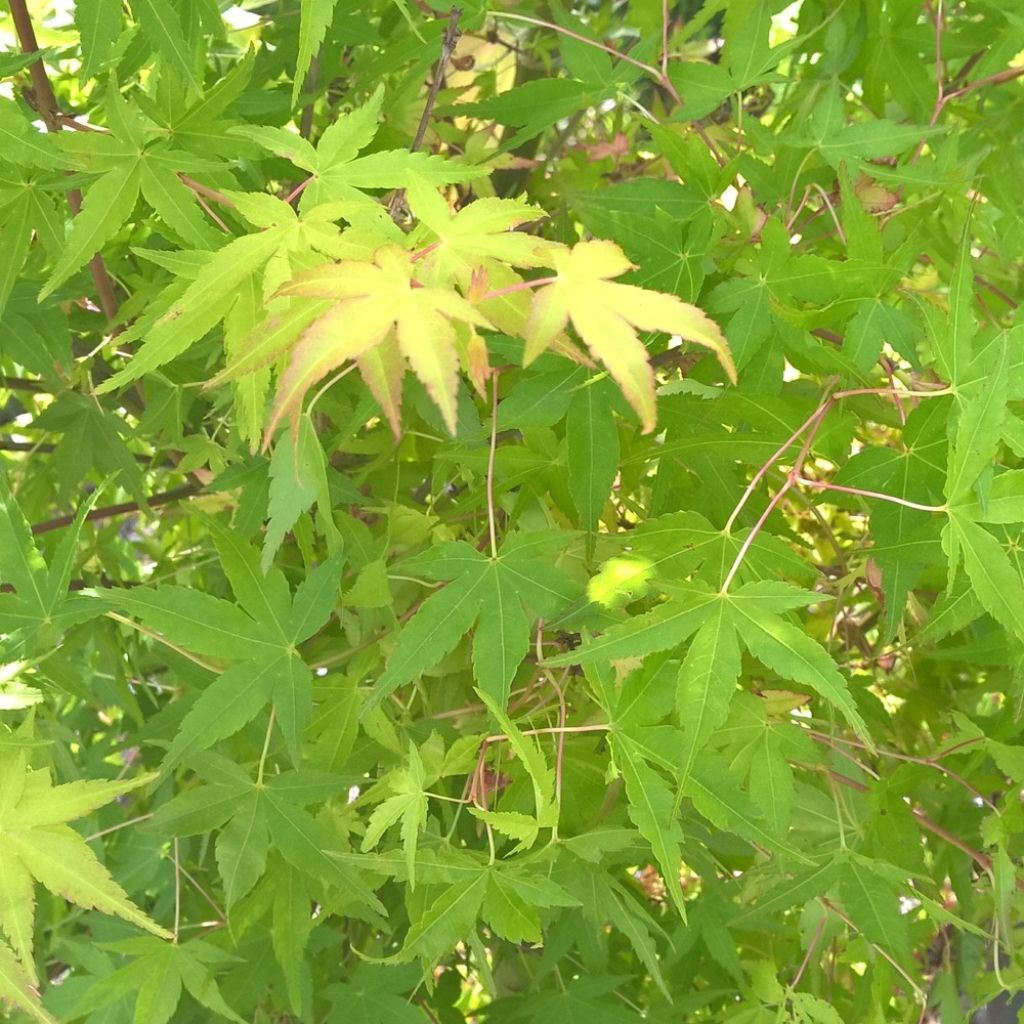

Acer palmatum Ueno Yama - Japanese maple
Acer palmatum Ueno Yama - Japanese maple
Acer palmatum Ueno Yama
Japanese Maple, Palmate Maple
Special offer!
Receive a €20 voucher for any order over €90 (excluding delivery costs, credit notes, and plastic-free options)!
1- Add your favorite plants to your cart.
2- Once you have reached €90, confirm your order (you can even choose the delivery date!).
3- As soon as your order is shipped, you will receive an email containing your voucher code, valid for 3 months (90 days).
Your voucher is unique and can only be used once, for any order with a minimum value of €20, excluding delivery costs.
Can be combined with other current offers, non-divisible and non-refundable.
Home or relay delivery (depending on size and destination)
Schedule delivery date,
and select date in basket
This plant carries a 24 months recovery warranty
More information
We guarantee the quality of our plants for a full growing cycle, and will replace at our expense any plant that fails to recover under normal climatic and planting conditions.
Does this plant fit my garden?
Set up your Plantfit profile →
Description
Acer palmatum 'Ueno Yama' is a Japanese Maple with superb, deeply cut foliage that displays particularly attractive colours throughout the growing season. The young leaves are orange-yellow in spring, then bright green in summer. In autumn, it dons an orange to scarlet-red hue. This variety is very interesting because despite its light tones, it tolerates sunlight rather well. Of medium size, it develops an upright habit with flexible branches that sway elegantly in the wind.
The Maple, once classified in the Aceraceae family (named after its scientific name: Acer), now belongs to the Sapindaceae family.
Acer palmatum originates from Japan and Korea, where it forms small trees up to 8 m tall. It is a quintessential plant in Japanese landscapes, enlivening them with its deeply cut foliage that turns stunning autumn colours. Introduced to Europe as early as 1820, it is a favourite among bonsai enthusiasts and breeders who have produced numerous cultivars over the years.
Acer palmatum 'Ueno Yama' is a grafted horticultural variety, more tolerant of soil conditions. This Maple has a moderate growth rate (30 to 40 cm per year) and forms a small, upright tree, reaching approximately 3.5 m in height and 3 m in spread. Older specimens may develop slightly larger, up to 5 m tall. Its silhouette is truly graceful, with branches rising almost vertically before spreading to form a parasol-like shape. The species' characteristic leaves have a sculptural form, deeply divided into 5 to 7 lobes with finely toothed margins. These palmate leaves are borne on long petioles. In 'Ueno Yama', they emerge in orange-yellow tones that persist well into spring before turning to a vibrant green in summer. Then, as autumn arrives and temperatures drop, orange to scarlet-red pigments develop across the entire leaf. The tree is then at the peak of its beauty, offering a dazzling spectacle at the season's end. Planted in a lawn or by a water feature, the display continues as the leaves carpet the ground or float on the water.
Japanese Maple 'Ueno Yama' does justice to this group of highly ornamental plants with its ever-changing seasonal colours. Its sun tolerance makes it easy to place in the garden, provided the soil is rich in humus, moist, and well-drained. It pairs well with ericaceous soil plants, particularly Rhododendrons and Azaleas, to create a Japanese-inspired scene. In the same spirit, you could plant a Cryptomeria japonica 'Spiralis' nearby—a curious Japanese Cedar with spiralled branches. For a striking backdrop, add a screen of bamboo, and you’ll achieve a truly exotic setting.
Plant habit
Flowering
Foliage
Botanical data
Acer
palmatum
Ueno Yama
Sapindaceae
Japanese Maple, Palmate Maple
Cultivar or hybrid
Other Japanese Maples
View all →Planting and care
Plant Acer palmatum 'Ueno Yama' in early spring or preferably in autumn, allowing it to benefit from late-season rains and establish its root system well before the following summer. It requires a slightly acidic, moist but not overly moist, deep, humus-bearing, loose and well-drained soil, in a sunny position (except in the south), or under dappled shade. Be cautious of cold, dry winds. Apply a generous amount of organic matter every three years to maintain good humus content in the soil. Mulch the soil to retain moisture in summer. Winter pruning is limited to balancing the branches. Treat against scale insects and Verticillium.
Planting period
Intended location
Care
Planting & care advice
This item has not been reviewed yet - be the first to leave a review about it.
Similar products
Haven't found what you were looking for?
Hardiness is the lowest winter temperature a plant can endure without suffering serious damage or even dying. However, hardiness is affected by location (a sheltered area, such as a patio), protection (winter cover) and soil type (hardiness is improved by well-drained soil).

Photo Sharing Terms & Conditions
In order to encourage gardeners to interact and share their experiences, Promesse de fleurs offers various media enabling content to be uploaded onto its Site - in particular via the ‘Photo sharing’ module.
The User agrees to refrain from:
- Posting any content that is illegal, prejudicial, insulting, racist, inciteful to hatred, revisionist, contrary to public decency, that infringes on privacy or on the privacy rights of third parties, in particular the publicity rights of persons and goods, intellectual property rights, or the right to privacy.
- Submitting content on behalf of a third party;
- Impersonate the identity of a third party and/or publish any personal information about a third party;
In general, the User undertakes to refrain from any unethical behaviour.
All Content (in particular text, comments, files, images, photos, videos, creative works, etc.), which may be subject to property or intellectual property rights, image or other private rights, shall remain the property of the User, subject to the limited rights granted by the terms of the licence granted by Promesse de fleurs as stated below. Users are at liberty to publish or not to publish such Content on the Site, notably via the ‘Photo Sharing’ facility, and accept that this Content shall be made public and freely accessible, notably on the Internet.
Users further acknowledge, undertake to have ,and guarantee that they hold all necessary rights and permissions to publish such material on the Site, in particular with regard to the legislation in force pertaining to any privacy, property, intellectual property, image, or contractual rights, or rights of any other nature. By publishing such Content on the Site, Users acknowledge accepting full liability as publishers of the Content within the meaning of the law, and grant Promesse de fleurs, free of charge, an inclusive, worldwide licence for the said Content for the entire duration of its publication, including all reproduction, representation, up/downloading, displaying, performing, transmission, and storage rights.
Users also grant permission for their name to be linked to the Content and accept that this link may not always be made available.
By engaging in posting material, Users consent to their Content becoming automatically accessible on the Internet, in particular on other sites and/or blogs and/or web pages of the Promesse de fleurs site, including in particular social pages and the Promesse de fleurs catalogue.
Users may secure the removal of entrusted content free of charge by issuing a simple request via our contact form.
The flowering period indicated on our website applies to countries and regions located in USDA zone 8 (France, the United Kingdom, Ireland, the Netherlands, etc.)
It will vary according to where you live:
- In zones 9 to 10 (Italy, Spain, Greece, etc.), flowering will occur about 2 to 4 weeks earlier.
- In zones 6 to 7 (Germany, Poland, Slovenia, and lower mountainous regions), flowering will be delayed by 2 to 3 weeks.
- In zone 5 (Central Europe, Scandinavia), blooming will be delayed by 3 to 5 weeks.
In temperate climates, pruning of spring-flowering shrubs (forsythia, spireas, etc.) should be done just after flowering.
Pruning of summer-flowering shrubs (Indian Lilac, Perovskia, etc.) can be done in winter or spring.
In cold regions as well as with frost-sensitive plants, avoid pruning too early when severe frosts may still occur.
The planting period indicated on our website applies to countries and regions located in USDA zone 8 (France, United Kingdom, Ireland, Netherlands).
It will vary according to where you live:
- In Mediterranean zones (Marseille, Madrid, Milan, etc.), autumn and winter are the best planting periods.
- In continental zones (Strasbourg, Munich, Vienna, etc.), delay planting by 2 to 3 weeks in spring and bring it forward by 2 to 4 weeks in autumn.
- In mountainous regions (the Alps, Pyrenees, Carpathians, etc.), it is best to plant in late spring (May-June) or late summer (August-September).
The harvesting period indicated on our website applies to countries and regions in USDA zone 8 (France, England, Ireland, the Netherlands).
In colder areas (Scandinavia, Poland, Austria...) fruit and vegetable harvests are likely to be delayed by 3-4 weeks.
In warmer areas (Italy, Spain, Greece, etc.), harvesting will probably take place earlier, depending on weather conditions.
The sowing periods indicated on our website apply to countries and regions within USDA Zone 8 (France, UK, Ireland, Netherlands).
In colder areas (Scandinavia, Poland, Austria...), delay any outdoor sowing by 3-4 weeks, or sow under glass.
In warmer climes (Italy, Spain, Greece, etc.), bring outdoor sowing forward by a few weeks.






























